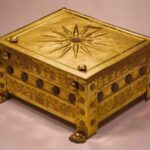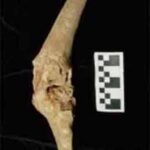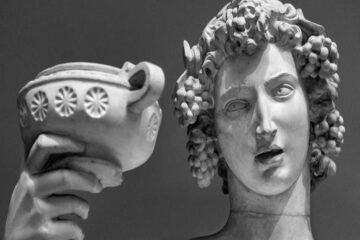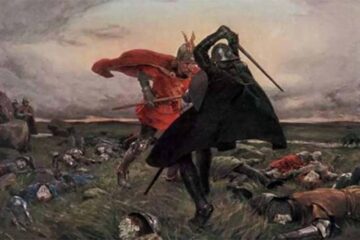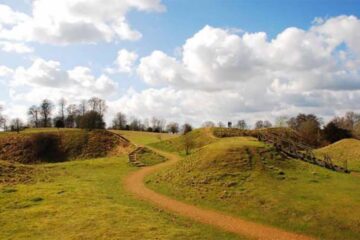Unveiling Alexander the Great’s Family Identities
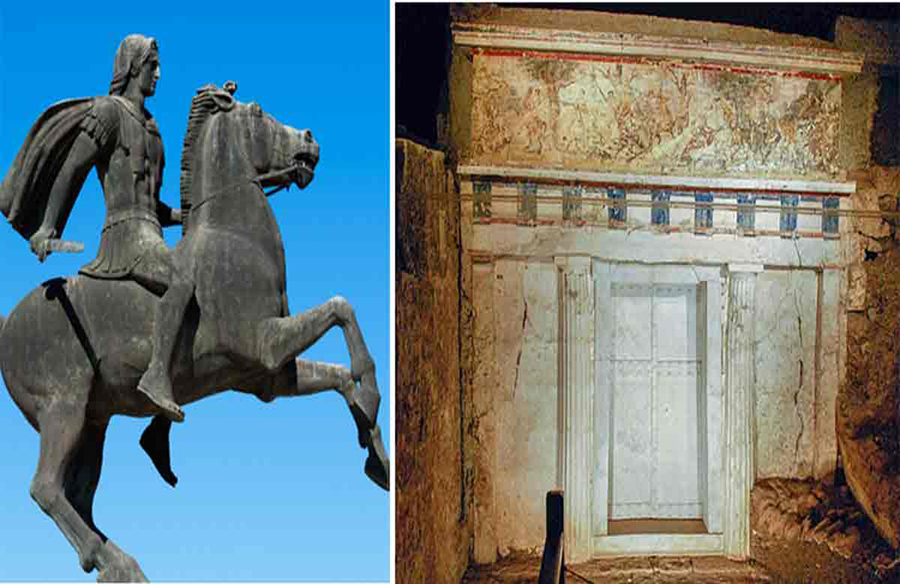
The mystery surrounding the final resting place of Alexander the Great might be closer to resolution, as archaeologists unearthed three tombs within the Great Tumulus of Vergina in northern Greece. A recent study has conclusively identified the occupants of these tombs as members of Alexander the Great’s family, including his father, stepmother, half-siblings, and son. Alongside skeletal remains, the excavation revealed a treasure trove of artifacts and personal belongings associated with Alexander himself, such as armor.
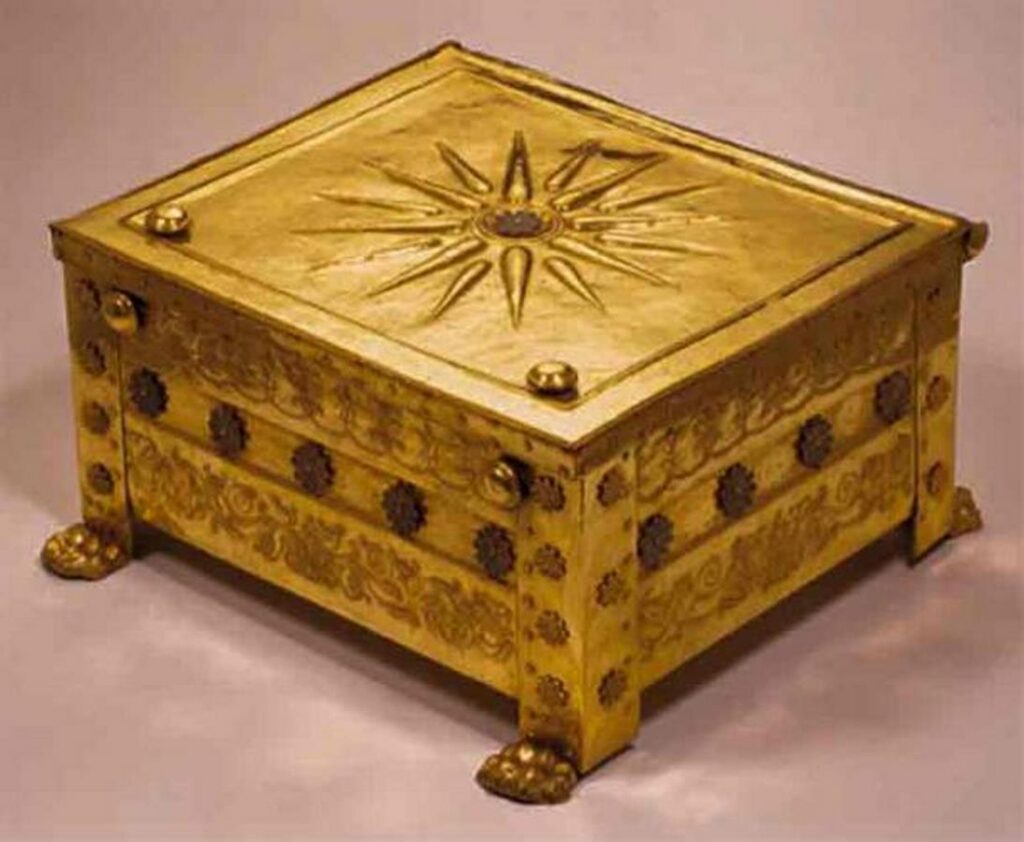
The Enigma of Tomb Occupants
Originally excavated in 1977, the ancient tombs within the Great Tumulus have long been subjects of debate among scholars. The recent study, published in The Journal of Archaeological Science: Reports, sheds light on the identities of those buried within. Employing a multidisciplinary approach, researchers from Greece, Spain, and the USA combined osteological analyses, historical sources, and archaeological evidence to unravel the mystery.
Tomb I: Philip II of Macedon
The study determined that Tomb I housed the remains of a man with a knee injury, alongside those of a woman and a newborn baby. Based on historical accounts and skeletal findings, the male figure was identified as King Philip II of Macedon, Alexander the Great’s father. The presence of an infant aligns with historical narratives surrounding Philip II’s assassination in 336 BC.

Tomb II: Adea Eurydice
Contrary to previous theories, the occupants of Tomb II were identified as Adea Eurydice, the wife of King Arrhidaeus, Alexander’s half-brother, and not Philip II. Skeletal evidence suggests that Adea Eurydice was a “warrior woman,” known for her extensive horseback riding. This conclusion challenges earlier beliefs regarding the tomb’s occupants and their relationship to Alexander the Great.

Conclusion: Resolving the Debate
The study authors present compelling evidence supporting their conclusions about the occupants of the tombs. They refute previous hypotheses and assert that Philip II was indeed buried in Tomb I, while Tomb II housed Arrhidaeus and Adea Eurydice. This groundbreaking research provides clarity on the identities of Alexander the Great’s family members and their final resting places.

